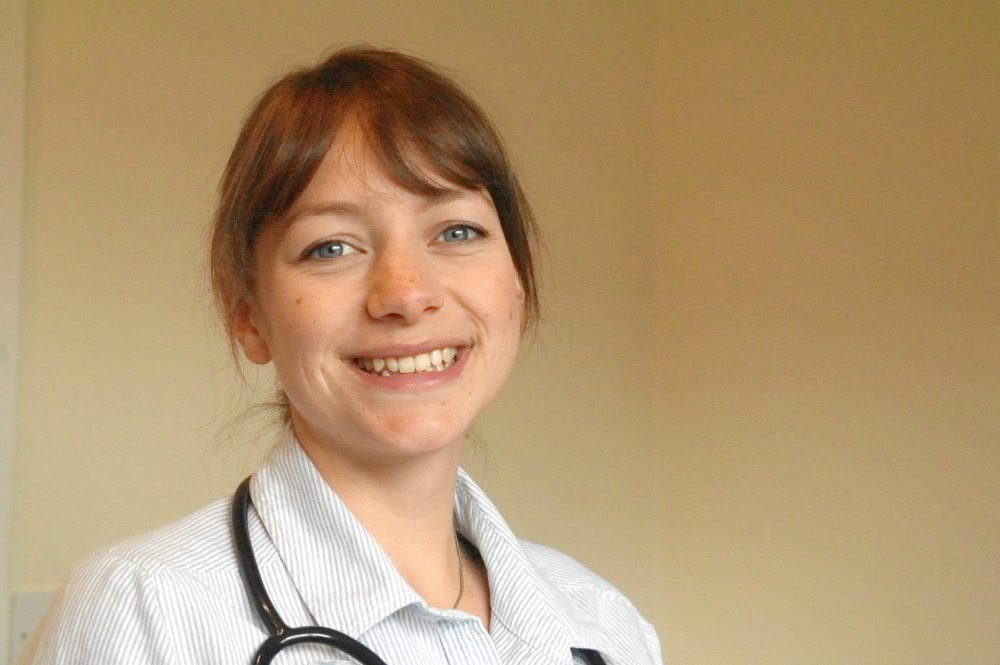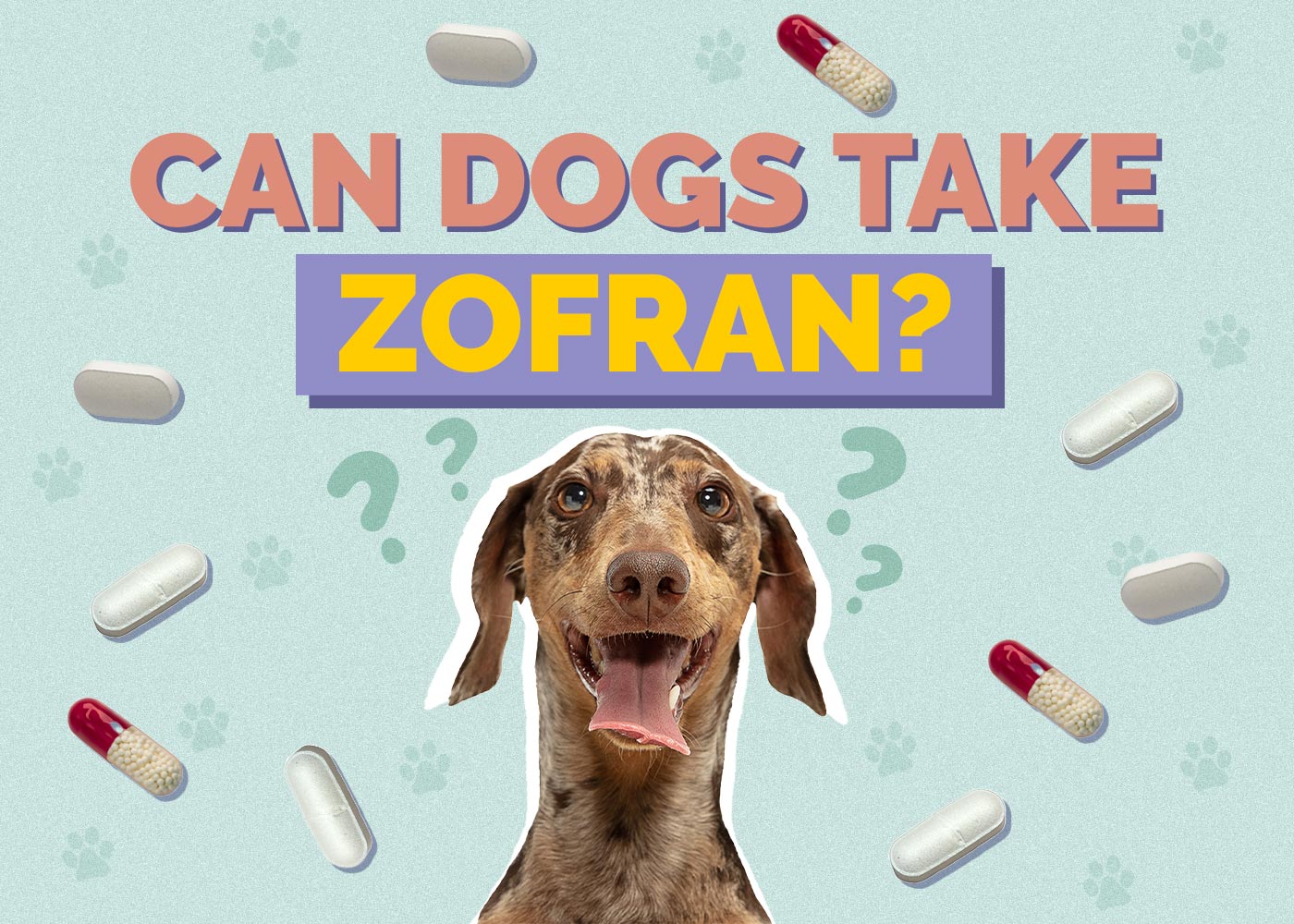My Dog Ate an Ant Trap! Here’s What to Do (Vet Answer)

Updated on

Ants are fascinating little creatures. They work together in huge colonies toward a common goal, they build extensive networks of underground tunnels, and they embody teamwork, diligence, and strength—though these aren’t appreciated after you find them in your home! So, are ant traps toxic to dogs, and what should you do if your dog ate an ant trap?
Monitor your dog for symptoms and contact a pet poison hotline or local veterinarian. Make sure you have information about the traps and your dog’s health when you call. You may also want to consider safer pest control methods going forward. Keep reading to learn more!
Click here to jump forward:
- Why Dogs Are Drawn to Ant Traps
- Steps to Take If Your Dog Has Consumed Any Poison
- Are Ant Traps Toxic to Dogs?
Ants – Oh No!
These unwelcomed guests are unsightly and unsanitary, especially when found in the kitchen. A common method of stealthy elimination is by putting down traps that either kill the ants on contact or delay death up to 2 days after consumption of a lethal poison. The latter method encourages the ants to bring the seemingly safe substance back to the colony to share with fellow workers and the queen.
Modern ant warfare is undeniably brutal. Traps are set in inconspicuous areas and use a sweet or tasty ingredient to lure the insects in.
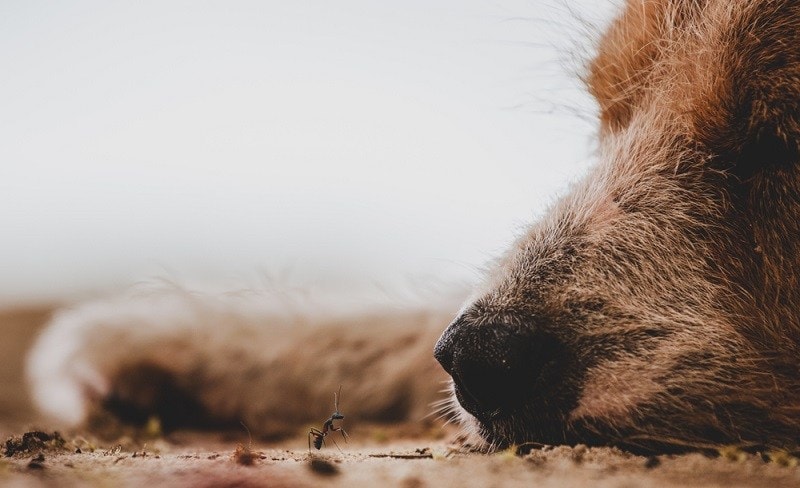
Ant Trap Attraction
Unfortunately, a curious dog looking for a snack may also be drawn to the interesting aroma of the bait. Now you have a dog who has eaten an ant trap! What should you do?
Most ant traps won’t contain enough insecticide to cause serious harm to your dog, but with the variety of ant traps on the market, it is best to be prepared for a potential adverse health reaction.
The 7 Steps if Your Dog Ate Ant Poison:
Check out our step-by-step guide to walk you through our veterinarian’s suggestions for what to do when you have found that your dog has eaten an ant trap.
1. Check That Your Dog Is Alert
Immediately after ingesting a full ant trap or the substance found inside, check that your dog is bright-eyed and responsive. Tail wags and cheerful demeanor are both signs that your dog doesn’t need any immediate medical attention. Most importantly, take note of any sudden changes in behavior. If you notice a sudden onset of severe abdominal pain, vomiting, or weakness, give your veterinarian a call for an emergency appointment.
2. Pay Special Attention to Your Dog’s Mouth
Once you have assessed the damage, determine exactly what parts of the trap your dog chewed or swallowed. Many ant traps are housed in a hard plastic or metal casing which has the potential to cut your dog’s mouth, break teeth, or become lodged in the throat. If you notice your dog salivating excessively or coughing non-stop, an emergency trip to the vet’s office is in order. A veterinarian will be able to sedate a dog in distress to remove the lodged item safely. Don’t ever attempt to remove a foreign object from a dog’s throat yourself!
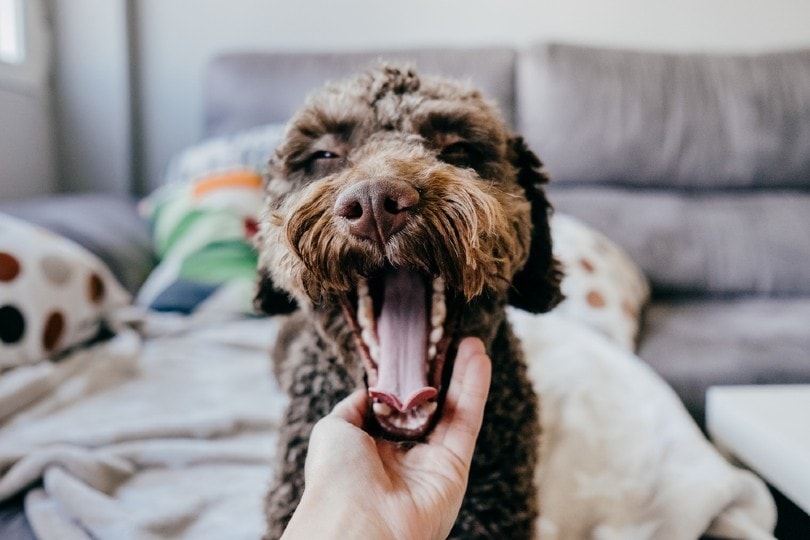
3. Contact Your Local Pet Poison Helpline
Pet poison helpline teams consist of veterinary professionals and toxicologists who will be able to determine if your pet requires treatment after the ingestion of a noxious substance. Before calling, ensure that you have collected as much information as you can about what and how much was ingested.
In your situation, the helpline team will need to know the active ingredient used in the ant trap or figure out the brand. This will often be listed somewhere on the ant trap itself or the packaging. One common brand is Raid, which often contains an active ingredient called spinosad. Other ant traps may contain insecticides called indoxacarb or avermectin. Even homemade traps made with Borax can be harmful and should be reported.
4. Have Your Dog’s Information on Hand
The other information that you’ll want to have on hand is your dog’s most recent body weight. This is used to determine if the dose of the active ingredient consumed is beyond the toxic threshold. You’ll probably also be asked about your dog’s breed. Some breeds, such as Collies, are particularly sensitive to certain poisons.
With all this information, the helpline staff can make their final decision regarding the urgency of the situation and instruct as to whether your veterinarian should get involved. Be sure to follow any further instructions they give you.
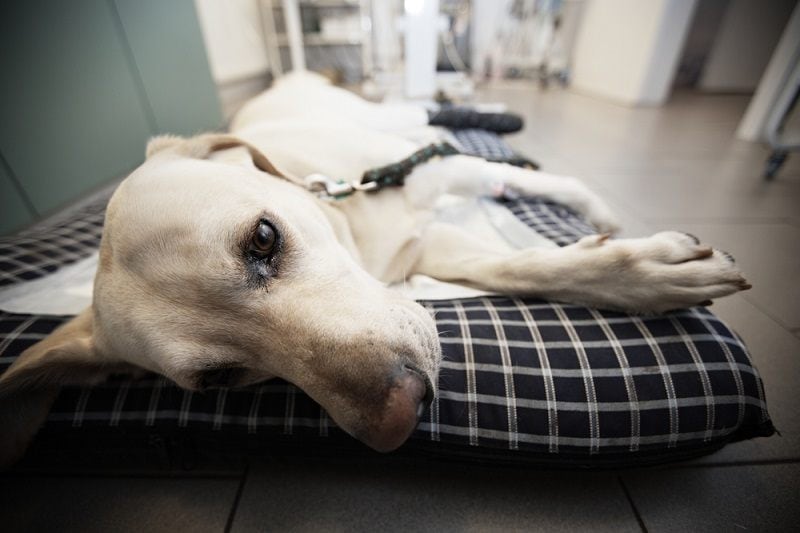
5. Continue to Monitor Your Dog
Most ant traps come in a plastic or metal shell. Even if no emergency trips to the vet are required, if your dog has swallowed bits of the trap, you should keep monitoring your mischievous pooch for signs of intestinal blockage or perforation. Any evidence of vomiting, abdominal pain, diarrhea, or sudden changes in appetite can signal either of these deadly conditions.
The highest risk period is up to 48 hours after the incident. After this time, you can breathe a sigh of relief; it’s likely that your dog won’t need to see the vet!
6. Remove All Ant Traps From Your Dog’s Reach in the Home
So, your dog is safe, healthy, and you were able to avoid any troublesome vet visits, but we aren’t done with our list just yet! The most important thing now is to ensure that, moving forward, ant traps in your home are not accessible to your dog.
Ant traps can be placed inside cupboards and pantries or other locations that require opening a door for access. Rooms and spaces with ant traps on the floor should become official no-go zones for your dog or, at least, spaces in which they will be watched with a very close and careful eye.
7. Choose Dog-Safe Methods of Keeping Your Home Ant-Free
It may not be possible to always restrict where your dog spends its time in the house. They are a member of the family, after all! You may want to give alternative methods of keeping your house ant-free a try.
Ensuring that food preparation areas are cleared of crumbs, swept, and mopped will discourage tiny intruders from encroaching on your space. Additionally, it is best to keep all pantry items in properly sealed containers. Hopefully, they will give your home a pass when on the search for a food source.
You could also take a look at some pet-safe options to rid the home of ants including essential oil-repellant sprays, diatomaceous earth powder, and ultrasonic ant-repellent devices.
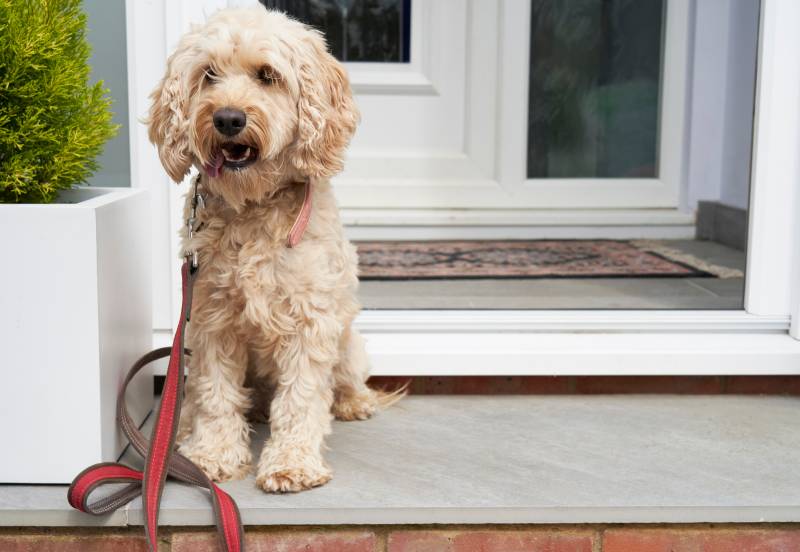
Are Ant Traps Toxic to Dogs?
You might be wondering whether the ingredients in ant traps are poisonous to dogs, but this is a hard question to answer. Brands of ant traps have different ingredients at different concentrations.
Spinosad is a common ingredient in ant traps, and this drug is actually used as a flea treatment, so it is safe for dogs in small doses. The same goes for avermectin, although this one can be a problem for certain breeds. Indoxacarb, the active ingredient in some baits, has been shown to cause symptoms in dogs. In other words, the ingredients in ant traps are poisonous to ants and can cause poisoning in dogs in high enough amounts.
But the best thing to do is to take the guesswork out of it and ask the professionals at the Pet Poison Helpline for their advice.
Conclusion
With this list, you’ll know what to do the next time you find an ant trap has been used as a chew toy, but it’s much easier to prevent your dog from getting hold of ant traps in the first place. Keep them well out of reach and, ideally, locked away.
Featured Image Credit: Lost_in_the_Midwest, Shutterstock
